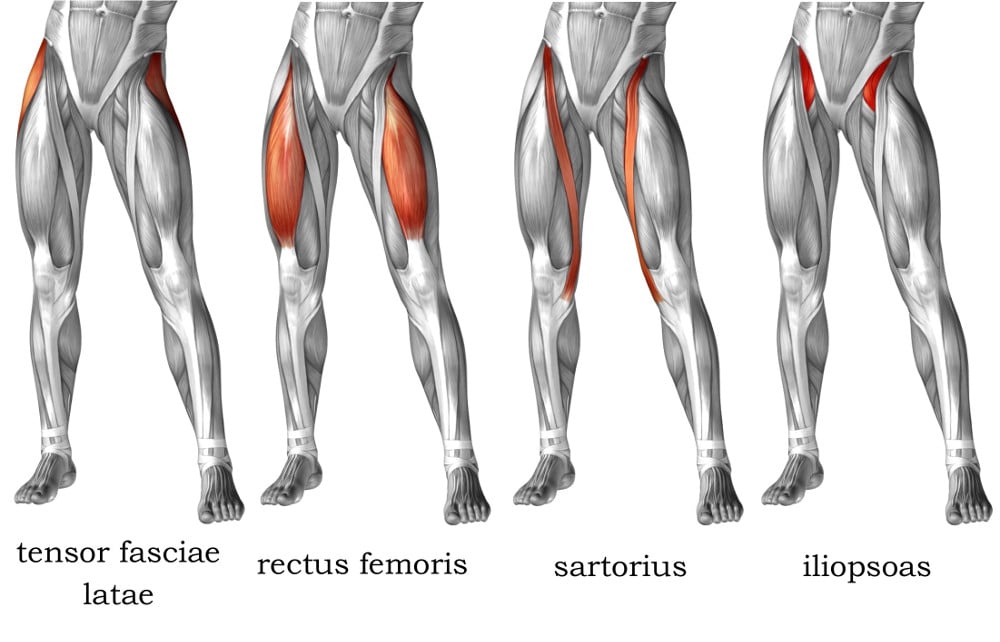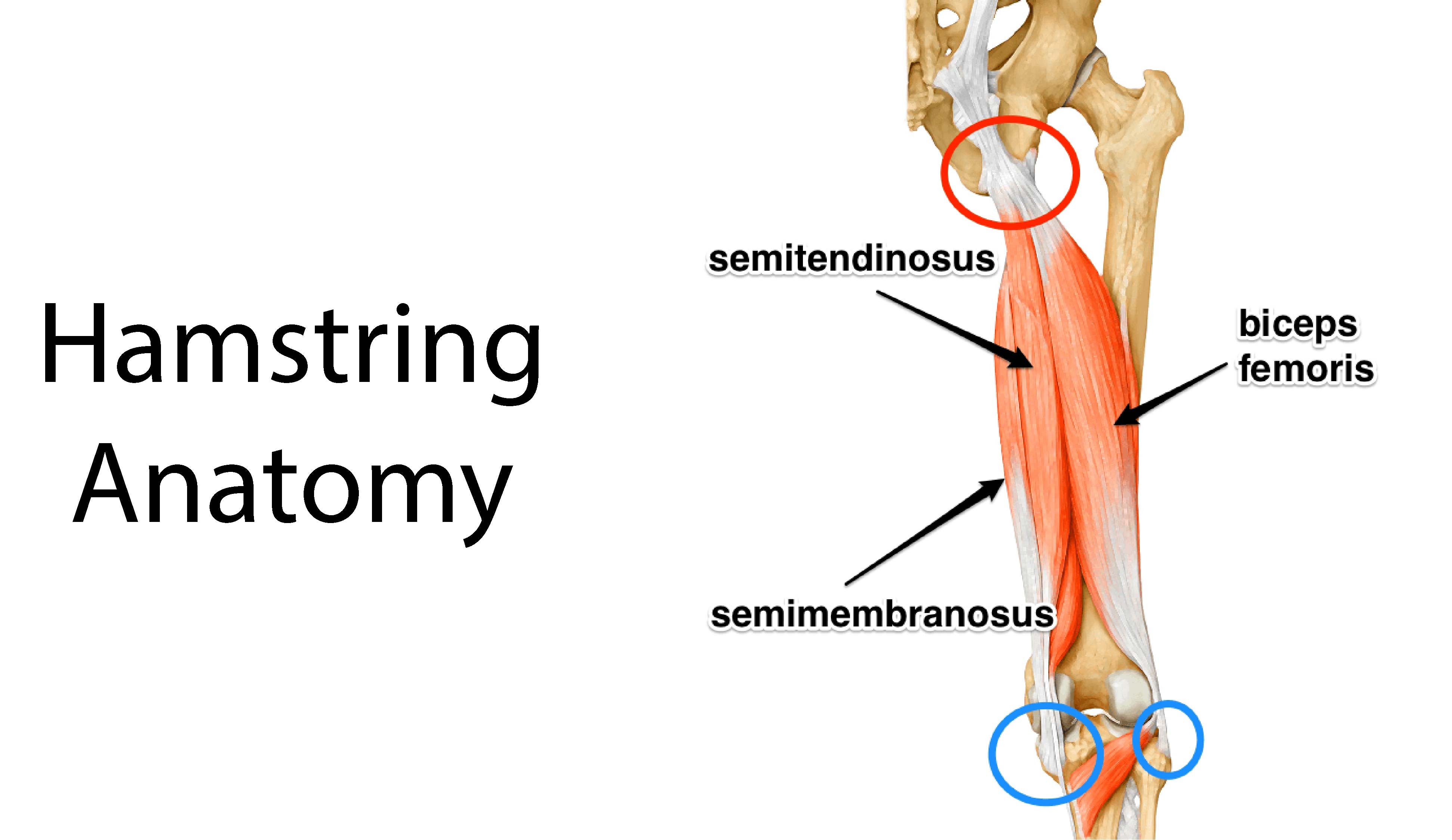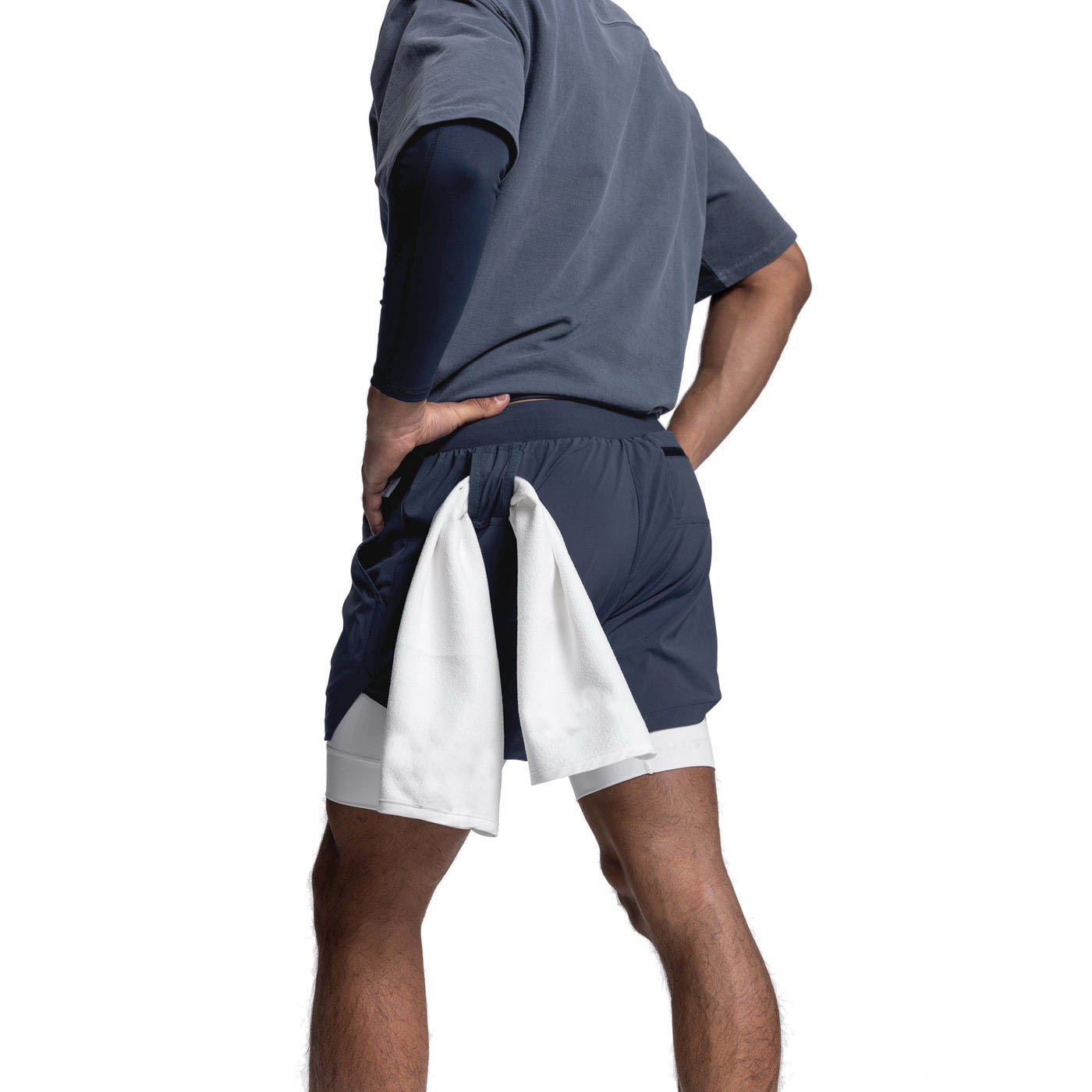Hip flexors play a crucial role in movement, stability, and athletic performance. Whether you're an athlete, a fitness enthusiast, or someone experiencing tight hips from prolonged sitting, strengthening these muscles can enhance mobility, reduce pain, and improve posture. Additionally, choosing the best activewear for men ensures comfort, flexibility, and optimal performance during workouts. This comprehensive guide explores the anatomy of hip flexors, their benefits, the most effective exercises, and a detailed apparel guide to help you select the best men's fitness apparel for your needs.
Understanding the Hip Flexors
The hip flexors are a group of muscles responsible for lifting the knee toward the chest and facilitating lower-body movement. These muscles are engaged in activities such as walking, running, squatting, and even sitting. Weak hip flexors can contribute to poor movement patterns, reduced mobility, and an increased risk of injury. Strengthening them enhances movement efficiency and supports overall physical health.
Key Muscles in the Hip Flexors
1. Iliopsoas
- Composed of the psoas major and iliacus muscles, the iliopsoas is the strongest hip flexor.
- It connects the spine to the femur and plays a vital role in posture and spinal alignment.
2. Rectus Femoris
- A component of the quadriceps, this muscle contributes to both hip flexion and knee extension.
- It plays a crucial role in running, jumping, and cycling movements.
3. Sartorius
- The longest muscle in the human body.
- Aids in hip flexion, abduction, and external thigh rotation.
4. Tensor Fasciae Latae (TFL)
- Works with the iliotibial (IT) band to stabilize the hip.
- Assists in hip flexion, abduction, and internal rotation.
5. Pectineus
- A small yet essential muscle that facilitates hip flexion and adduction.
- Contributes to pelvic stabilization during movement.
These muscles work together to support fluid and efficient movement. Weak or tight hip flexors can lead to compensatory movement patterns, increasing the likelihood of injury and discomfort. When neglected, individuals may experience lower back pain, reduced mobility, and inefficient athletic performance.
Read More: The Best Hamstring Exercises To Strengthen Your Legs
The Importance of Strong Hip Flexors
Strong hip flexors are essential for daily movements and athletic performance. Here are the key benefits of strengthening them:
1. Improved Posture
Weak hip flexors contribute to poor posture, leading to an anterior pelvic tilt that results in lower back pain. Strengthening these muscles promotes proper alignment and reduces lumbar spine stress.
2. Enhanced Athletic Performance
Research shows that strong hip flexors improve sprint speed, agility, and power. Athletes in sports like soccer, basketball, and martial arts benefit significantly from hip flexor training, which supports explosive movements such as jumping, quick directional changes, and kicking.
3. Injury Prevention
Tight or weak hip flexors can lead to knee instability, lower back pain, and hip impingement. Strengthening these muscles improves joint stability, reducing the risk of injuries like groin strains and muscle imbalances that can cause chronic pain.
4. Increased Mobility and Flexibility
Strong and flexible hip flexors improve movement efficiency, alleviating stiffness and discomfort caused by prolonged sitting. Many people experience tight hips due to sedentary lifestyles, making it essential to incorporate both strength and mobility exercises.
5. Better Balance and Stability
Strong hip flexors enhance balance and coordination, reducing fall risks, especially among older adults. These muscles stabilize the pelvis and enable controlled movements during walking and other activities.
6. Reduced Lower Back Pain
Tight hip flexors can pull on the lumbar spine, causing lower back pain. Strengthening and stretching these muscles can relieve discomfort and improve spinal health. Many cases of chronic lower back pain stem from hip flexor imbalances that targeted exercises can correct.
Read More: Deadlift Battle: Sumo vs Conventional – Which One Should You Do?
Best Exercises for Hip Flexor Strength
To develop strong and resilient hip flexors, incorporate the following exercises into your routine:

Seated Knee Raises
- Sit on a chair or bench with your back straight and feet flat on the ground.
- Lift one knee as high as possible while keeping your core engaged.
- Lower it back down with control and repeat on the other leg.
- Benefits: Improves hip flexor activation, strengthens core stability, and enhances lower-body control.
Standing Hip Flexor March
- Stand tall with feet shoulder-width apart.
- Lift one knee towards your chest, hold for a second, then lower it back down.
- Alternate legs in a slow, controlled marching motion.
- Benefits: Enhances balance, strengthens hip flexors dynamically, and improves mobility.
Resistance Band Hip Flexions
- Attach a resistance band to a sturdy anchor and loop it around one ankle.
- Stand facing the anchor and pull your knee upward against the band’s resistance.
- Slowly return to the starting position and repeat before switching sides.
- Benefits: Increases hip flexor strength and endurance while improving stability.
Hanging Knee Raises
- Hang from a pull-up bar with arms fully extended.
- Engage your core and lift your knees toward your chest.
- Slowly lower your legs back down while maintaining control.
- Benefits: Builds core and hip flexor strength, enhances grip endurance, and improves overall body control.
Bulgarian Split Squats
- Stand in front of a bench and place one foot behind you on the bench.
- Lower yourself into a squat position, keeping your front knee aligned with your foot.
- Push back up to the starting position and switch legs.
- Benefits: Engages hip flexors, quads, and glutes, while also improving single-leg balance and stability.

Reverse Crunches
- Lie on your back with knees bent and feet off the floor.
- Engage your core and lift your hips off the ground towards your chest.
- Slowly lower your legs without touching the ground.
- Benefits: Strengthens the lower abs and hip flexors while improving core control.
Read More: Your Ultimate Guide To Hack Squats, Plus The Best Variations
How to Integrate These Exercises Into Your Routine
For optimal results, integrate these exercises into your routine 2–3 times per week. Consistency is key to building strength, endurance, and flexibility. Start with bodyweight movements to establish a foundation and gradually increase intensity by incorporating resistance bands, free weights, or machines.
Recommended Weekly Routine:
Beginner Level:
- Perform 3 exercises targeting different muscle groups.
- Complete 2 sets of 10–12 repetitions for each exercise.
- Train twice a week with at least one rest day in between.
- Focus on proper form and controlled movements.
Intermediate Level:
- Perform 4–5 exercises incorporating a mix of bodyweight and resistance training.
- Complete 3 sets of 12–15 repetitions for each exercise.
- Train three times a week, allowing recovery time between sessions.
- Gradually increase resistance and difficulty over time.
Advanced Level:
- Perform all exercises in a well-structured routine.
- Complete 3–4 sets of 12–20 repetitions for each exercise.
- Train four times a week, incorporating progressive overload.
- Include high-intensity interval training (HIIT) or circuit training for maximum efficiency.
Additional Tips:
- Warm up before workouts with dynamic stretches and light cardio.
- Maintain proper hydration and nutrition to support recovery.
- Listen to your body and adjust intensity based on your fitness level.
- Incorporate mobility exercises to enhance flexibility and prevent injuries.
Read More: The Ultimate Guide to Pendlay Rows: Build Explosive Strength and a Powerful Back
Choosing the Best Activewear for Men
Wearing the right workout clothing enhances performance, comfort, and confidence. Selecting the best men’s fitness apparel involves considering fabric, fit, durability, and style.

1. Fabric Matters
The material of your activewear plays a crucial role in comfort and performance. Opt for high-quality fabrics that support your workout needs.
- Moisture-wicking fabrics: Keep sweat away from your skin, keeping you dry and comfortable during intense workouts.
- Breathable materials: Enhance airflow, preventing overheating and discomfort.
- Compression fabrics: Provide muscle support, reduce fatigue, and aid in post-workout recovery.
- Stretchable materials: Allow full range of motion, essential for exercises like squats, lunges, and yoga.
2. Fit and Mobility
The fit of your workout clothing determines your freedom of movement and overall comfort.
- Men's gym shorts Australia: Ideal for unrestricted leg movement, making them perfect for weightlifting, running, and HIIT workouts.
- Men’s jogger workout pants Australia: Provide warmth and flexibility, suitable for cooler climates or warm-ups.
- Well-fitted tops: Prevent distractions and enhance ease of movement while training.
- Adjustable waistbands: Offer a secure fit, preventing unnecessary adjustments mid-workout.
3. Durability and Functionality
Investing in durable mens workout shorts in Australia gear ensures longevity and performance.
- Reinforced stitching: Prevents wear and tear, making the apparel last longer.
- Quality materials: Avoids shrinkage, fading, and fabric degradation over time.
- Functional design: Features like zippered pockets, reflective strips, and ventilation panels add value to your activewear.
4. Best Activewear Brands in Australia
Australia is home to many high-quality activewear brands catering to different fitness needs.
- Some of the best activewear brands for men in Australia specialize in performance-driven apparel with cutting-edge fabric technology.
- Popular brands focus on ergonomic designs, sustainability, and style, ensuring a blend of fashion and function.
- Look for customer reviews and recommendations to find the best brand for your fitness goals.
5. Budget Considerations
Finding affordable yet high-quality workout gear is essential for budget-conscious fitness enthusiasts.
- Cheap workout clothes for men Australia can still be effective if you choose the right materials and construction.
- Look for seasonal discounts, outlet sales, or bundle deals to maximize savings.
- Investing in quality pieces ensures better longevity and performance, reducing the need for frequent replacements.
6. Style and Trends
Modern activewear is designed not only for performance but also for aesthetics.
- Cool men's workout clothes Australia feature sleek, stylish designs with performance-enhancing elements.
- Choose colors, patterns, and fits that suit your personal aesthetic while ensuring optimal comfort.
- Many brands offer versatile activewear that transitions from gym to casual wear, making them a practical investment.
Read More: The Ultimate Guide to Building Big Shoulders: Exercises, Anatomy, and Workout Tips
Final Thoughts
Hip flexor strength is essential for movement, stability, and injury prevention. By consistently incorporating these exercises, you can enhance mobility, posture, and overall performance. Additionally, selecting the right best workout clothes for men in Australia enhances comfort and efficiency, ensuring you perform at your best. Whether you're an athlete or simply seeking pain-free movement, prioritizing hip flexor strength and investing in the right activewear will set you up for success.
Research References:
Hip Flexor Anatomy & Function
- Neumann, D. A. (2010). Kinesiology of the hip: a focus on muscular actions. Journal of Orthopaedic & Sports Physical Therapy, 40(2), 82-94.
- Kendall, F. P., McCreary, E. K., Provance, P. G., Rodgers, M. M., & Romani, W. A. (2005). Muscles: Testing and Function, with Posture and Pain. Lippincott Williams & Wilkins.
Benefits of Strengthening Hip Flexors
- Schache, A. G., Blanch, P. D., Rath, D. A., Wrigley, T. V., & Bennell, K. L. (2000). Three-dimensional angular kinematics of the lumbar spine and pelvis during running. Human Movement Science, 19(6), 727-744.
- Hibbs, A. E., Thompson, K. G., French, D., Wrigley, A., & Spears, I. (2008). Optimizing performance by improving core stability and strength. Sports Medicine, 38(12), 995-1008.
Injury Prevention and Hip Flexor Training
- Powers, C. M. (2010). The influence of abnormal hip mechanics on knee injury: A biomechanical perspective. Journal of Orthopaedic & Sports Physical Therapy, 40(2), 42-51.
- Reiman, M. P., & Manske, R. C. (2009). Functional testing in human performance. Human Kinetics.
Best Fabrics for Activewear & Performance Enhancement
- Rossi, R. M. (2003). Textile materials for heat and cold protection. Occupational Medicine, 53(1), 45-49.
- Pascoe, D. D., Shanley, L. A., & Smith, E. W. (1994). Clothing and thermoregulation during exercise. Sports Medicine, 18(1), 38-54.
Compression Wear & Muscle Recovery
- Duffield, R., Cannon, J., & King, M. (2010). The effects of compression garments on recovery of muscle performance following high-intensity sprint and plyometric exercise. Journal of Science and Medicine in Sport, 13(1), 136-140.
- Hill, J. A., Howatson, G., van Someren, K. A., Walshe, I., & Pedlar, C. R. (2014). The effects of compression-garment pressure on recovery after strenuous exercise. International Journal of Sports Physiology and Performance, 9(3), 410-418.




Leave a comment
This site is protected by hCaptcha and the hCaptcha Privacy Policy and Terms of Service apply.